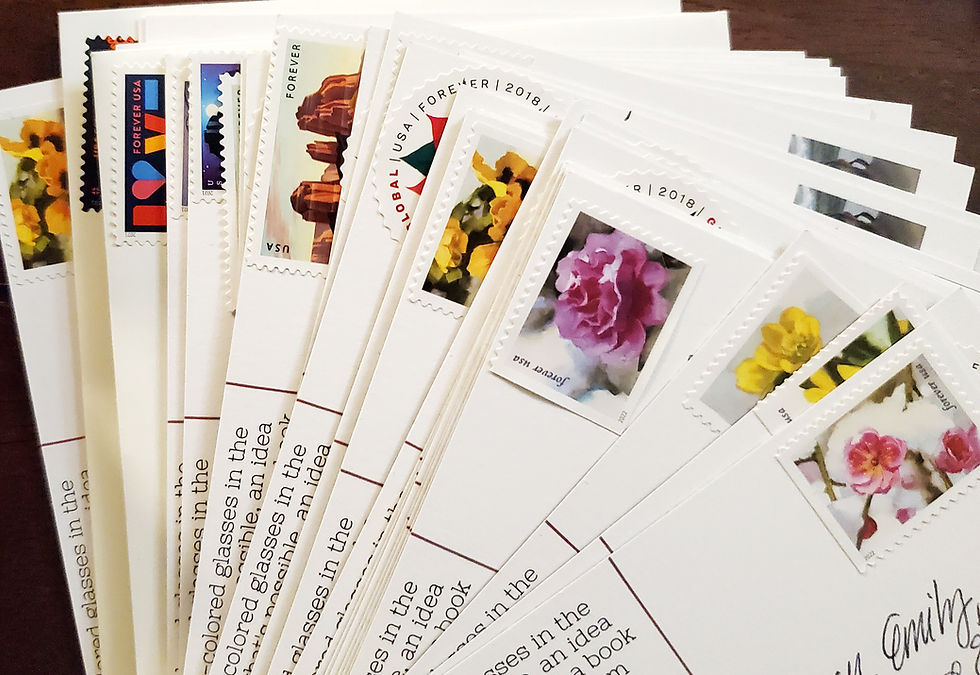Advice for incorporating sketching into your summer science education & outreach efforts
- bethann29
- Jun 6, 2024
- 2 min read
I'm on leave for the next several weeks, so I have queued up a series of "reboot" posts, revisiting evergreen material from the early days of this blog.

Right before I went on leave, I received an invitation to lead a sketching workshop for a science camp. Since I would be on leave when the workshop was scheduled, I instead shared a few resources the science camp leaders could use themselves. In case you're in a similar position to those camp leaders, here are those resources!
Framing is key!
Students are more likely to believe you that the goal really is to use sketching as a tool to learn/notice if (a) you keep the focus on learning and observation (not "good" art) and (b) you draw, too.
Drawing isn't magic, but most people think it is.
A lot of people have major hang-ups about drawing.
As I explain in this paper reporting on how instructors can use drawing to teach about nature, there are important reasons why most people don't learn to draw, and yet, drawing is a skillset, not some magical talent that only certain people get to have. Some students lean on their art skills as a shortcut, while others can feel shame that they don't know how to draw. So, as much as possible, don't comment on or make a big deal out of the student work that "looks good" -- that usually just reflects the student has previous experience with drawing/art.
Top resources for getting you started
Merkle, B.G., B. Barber, and M. Carling. 2020. Drawn to natural history: enhancing field courses with drawing and field journal instruction. Natural Sciences Education 49(1): e200019, 1-14. doi.org/10.1002/nse2.20019. - This paper includes detailed suggestions about how to facilitate drawing activities for science learning. It's calibrated to college-level teaching, but I've used the same activities for students as young as kindergarten (of course with appropriate modifications).
This nature journal curriculum is a phenomenal resource, particularly if you're working with children. You can download it for free.
You can find lots of activities and tips about sketching in my blog archive. In particular, you may appreciate this post: 4 time-saving tips that can transform your field sketch from a scribble into a useful image.
This is the end of this post. If you see a prompt to subscribe, you're welcome to do so! Your paid subscription helps me allocate time to the resources I share here.





Comments